June 10
2018 June 10
(In case you are wondering where June 9 is, there were no reports yesterday, so no June 9 posting.)
Jeremy Tatum writes: Here is a caterpillar of Egira crucialis. The adult moths E. crucialis and E. simplex look so similar that it is often difficult to tell them apart. So – are they really different species? I have a theory that if two very similar moths are really different species, their caterpillars will be quite different. Here is a case in point. The final instar caterpillars of crucialis and simplex are so different that they are obviously quite distinct species. On the other hand the adults and the caterpillars and chrysalides of Pieris napi and P. marginalis are as indistinguishable as the adults.
Why is the caterpillar of Egira crucialis white? Doesn’t this make it very visible and vulnerable? The answer is no – the white caterpillar hides inside the equally white panicles of Ocean Spray flowers. This one is on its way there now.

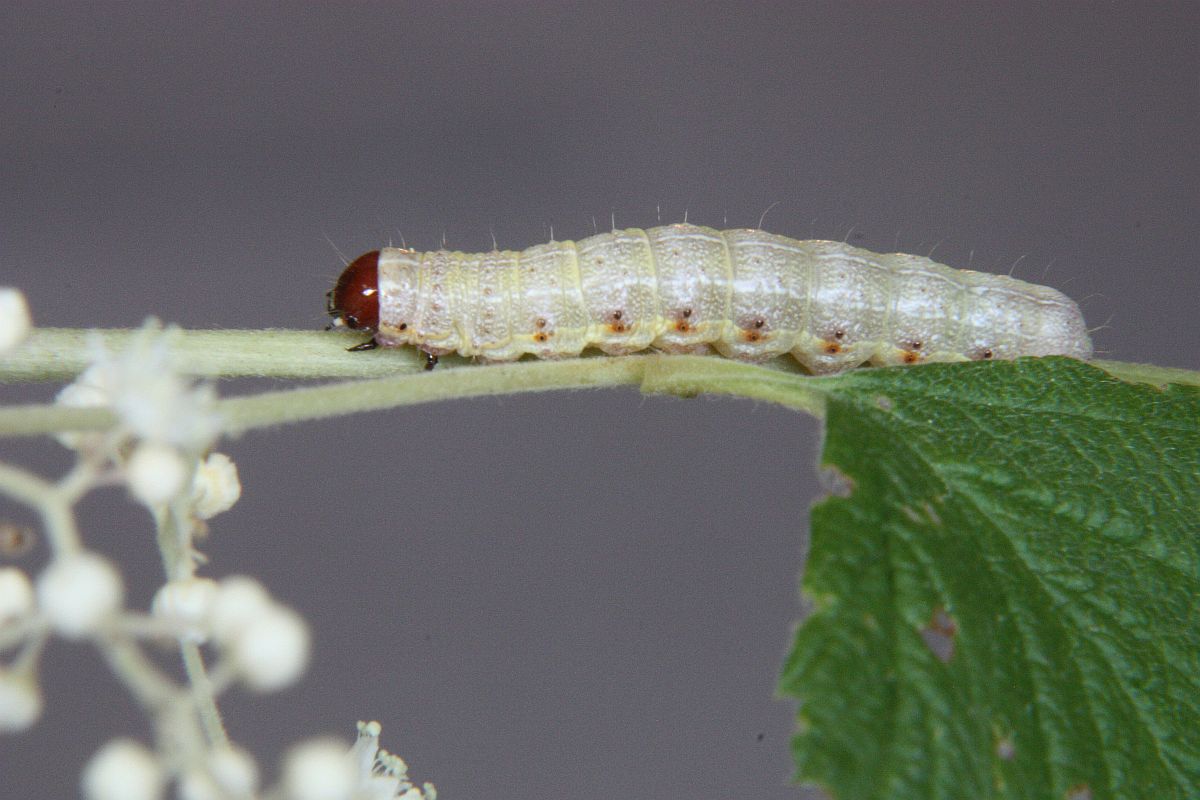
Egira crucialis (Lep.: Noctuidae) Jeremy Tatum
Aziza Cooper writes: Yesterday, June 9, at Jordan River, dozens of Rufous Hummingbirds were competing with many bees at an array of nine feeders near the former town. I’m not sure this shows much detail of the bees, but the pile-up of bees on the feeder is impressive.

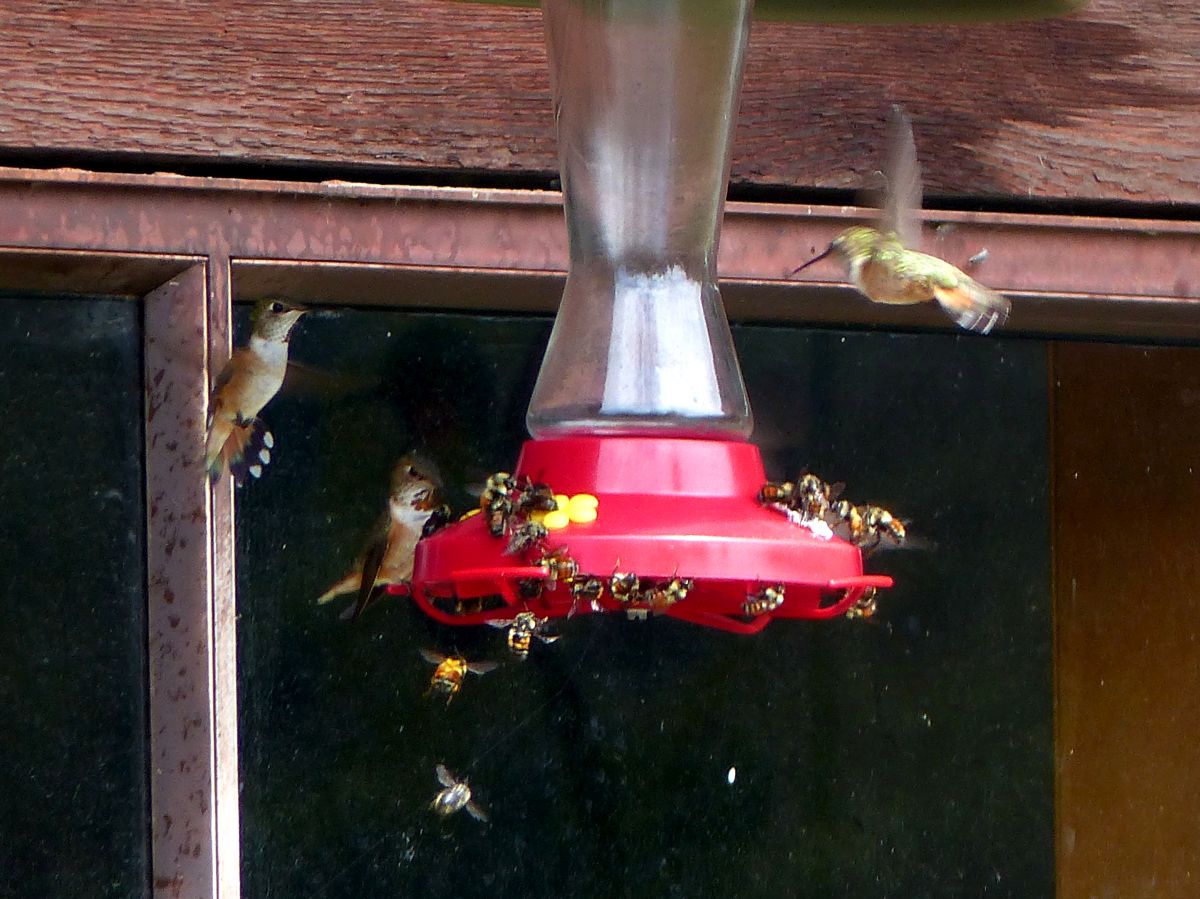
Rufous Hummingbirds and bees Aziza Cooper
Jochen Möhr sends photographs of flies from Metchosin.

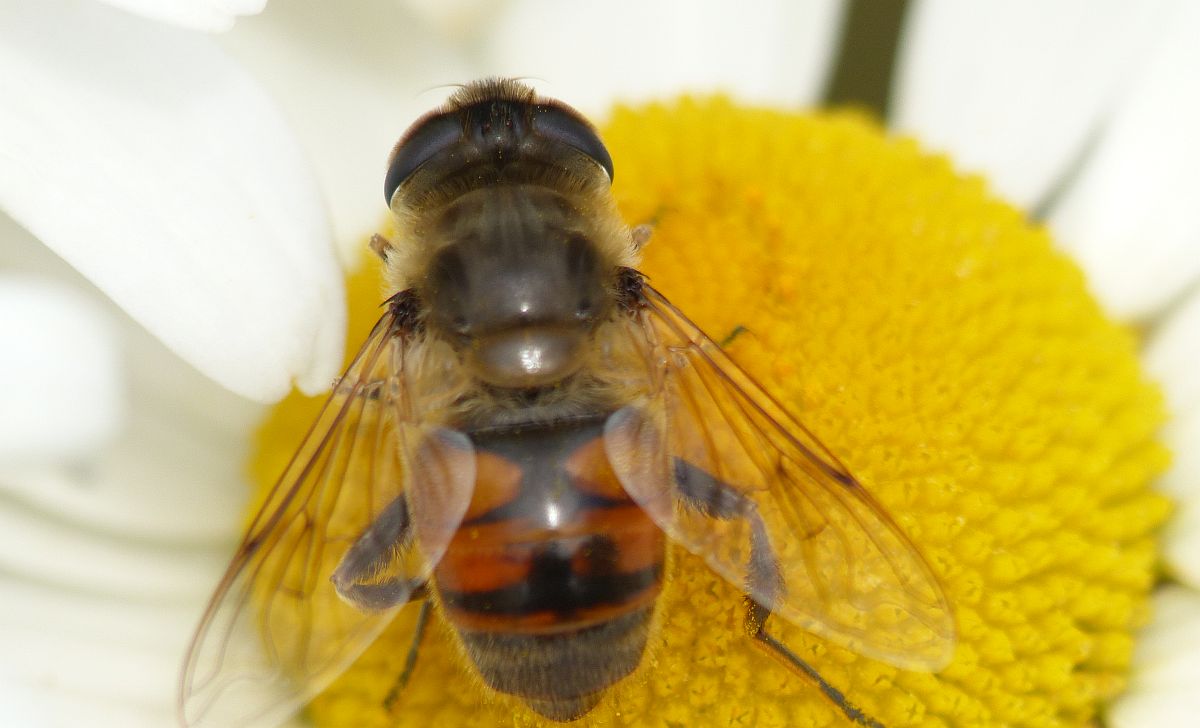
Drone fly Eristalis sp. (Dip.: Syrphidae) Jochen Möhr


Drone fly Eristalis sp. (Dip.: Syrphidae) Jochen Möhr
We don’t know the exact species of the next fly, but anyone who rears caterpillars will recognize the bristly abdomen and will know that this is a dreaded tachinid fly.

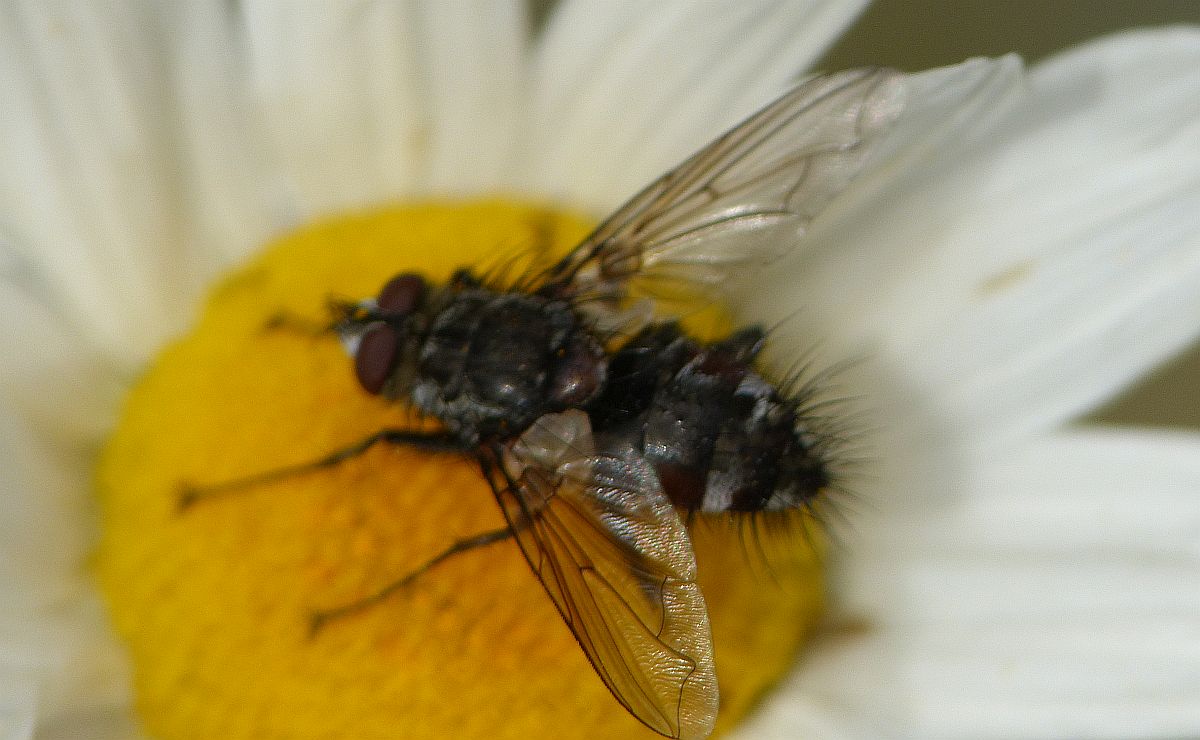
Parasitoidal fly (Dip.: Tachinidae) Jochen Möhr
Jochen also sends a photograph of the Broom Seed Beetle Bruchidius villosus – we thank Scott Gilmore for the identification.

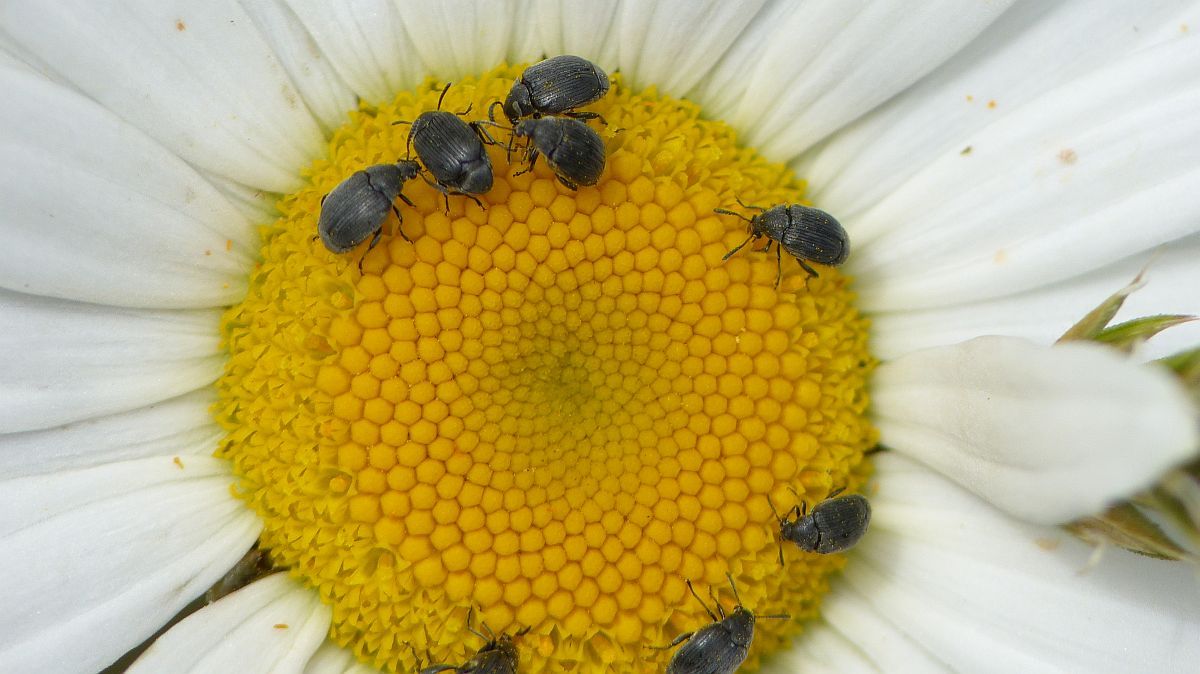
Broom Seed Beetle Bruchidius villosus (Col.: Chrysomelidae) Jochen Möhr
